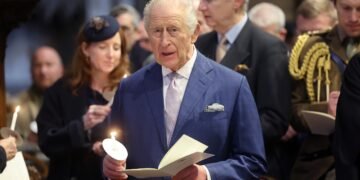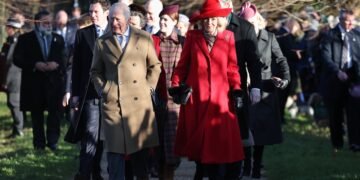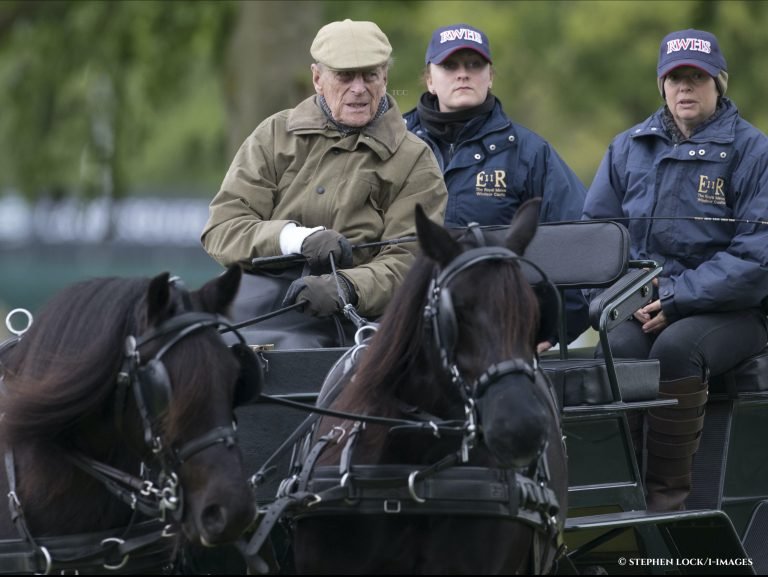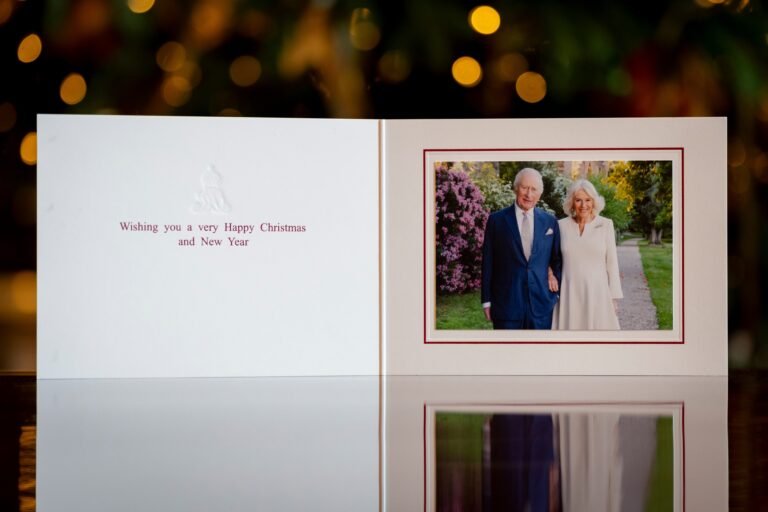With the news of the death of Queen Elizabeth II impacting the world, a new sovereign and royal era is beginning.
Following the death of the British Monarch, a new Sovereign succeeds to the throne and is proclaimed as soon as possible at an Accession Council in St James’s Palace.

But what is an Accession Council?
An Accession Council is usually gathered within 24 hours of the death of a Sovereign and is held at St James’s Palace – the official location of the royal court – where a formal Proclamation of the death of the Monarch and the accession of the successor to the throne is made.
The Accession Council, presided over by the Lord President of the Council, is divided into two parts:
Part I
The Privy Council, without new Monarch present, will proclaim the Sovereign, and formally approve various consequential Orders, including the arrangements for the Proclamation. The Council will also announce the death of the previous Monarch.
The Council is formed of certain Privy Counsellors, Great Officers of State, the Lord Mayor and High Sheriffs of the City of London, Realm High Commissioners, some senior civil servants. Certain others are also invited to attend.
Part II
Part II is the first Privy Council meeting held by The King. The King will make his Declaration and read and sign an oath to uphold the security of the Church in Scotland, and approve Orders in Council which facilitate continuity of government.
When the new Sovereign enters the room, the business will begin with a personal Declaration relating to the death of the previous Sovereign. The second part of the Council is only attended by Privy Counsellors.
Upon accession, a new Sovereign is also required to make what is known as the Accession Declaration. King George VI made the declaration at his coronation. Queen Elizabeth II made her declaration on 8 February 1952.







